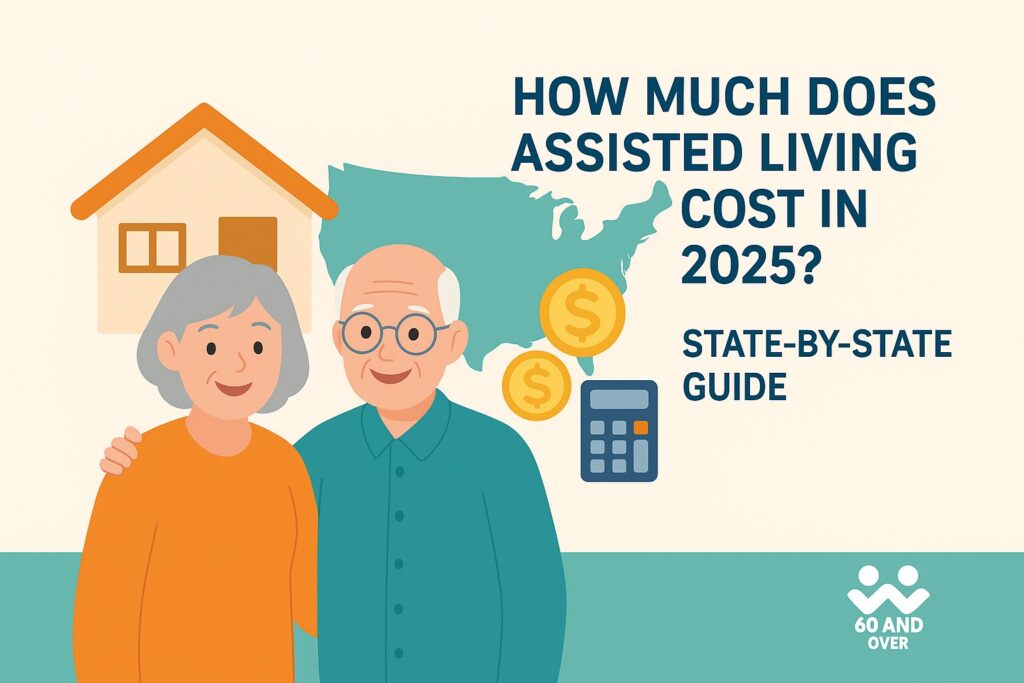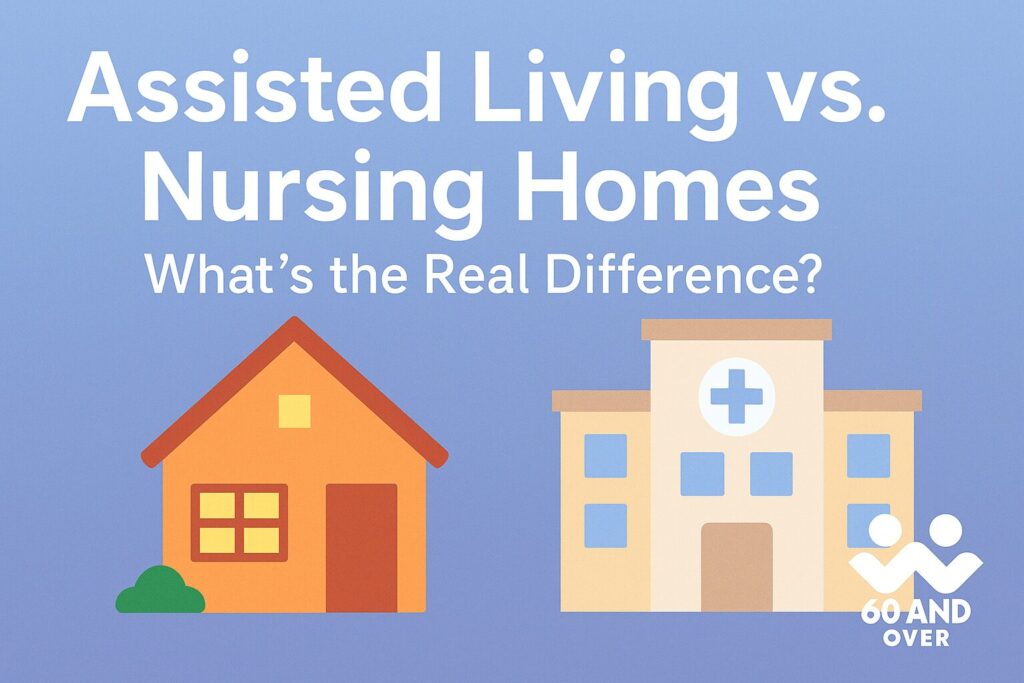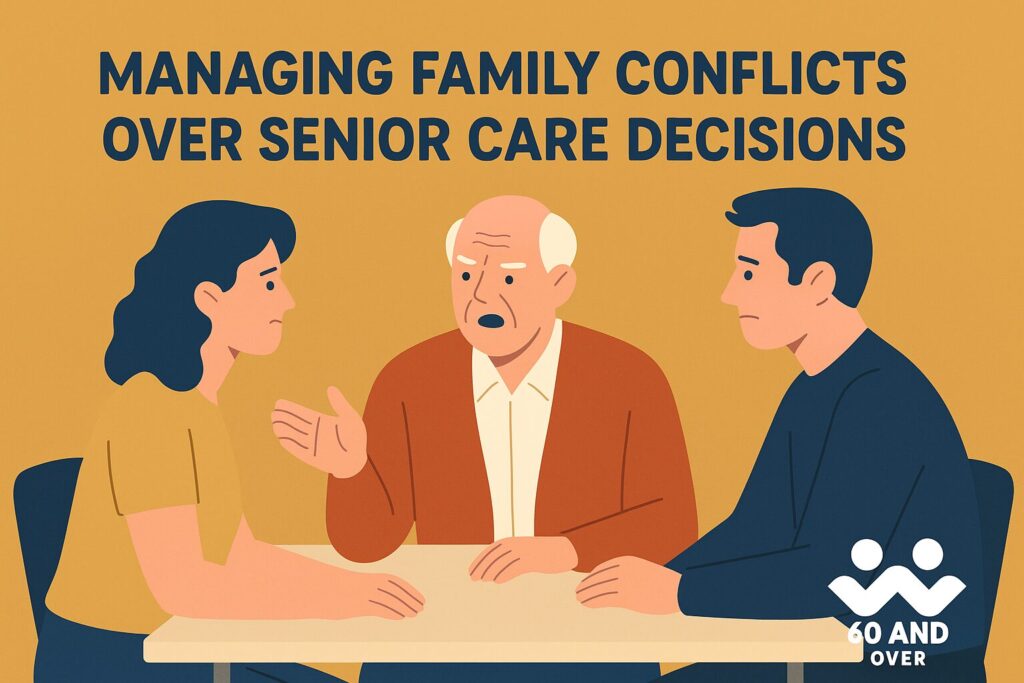One of the most common questions families ask when considering assisted living is simple: How much does it cost? Unfortunately, the answer is complex. Costs vary widely depending on location, services, and individual needs. In 2025, national averages continue to rise, but there are still affordable options for seniors who plan carefully.
This guide provides a state-by-state breakdown of assisted living costs, along with the key factors that influence pricing and tips to make the transition more affordable.
National Average in 2025
According to recent surveys, the average monthly cost of assisted living in the U.S. is $5,150 in 2025. That comes out to more than $61,000 annually—a major financial commitment for most families.
- Low-cost states: Some rural or southern states average $3,500–$4,000/month.
- High-cost states: States like New York, California, and Massachusetts can exceed $7,000/month.
💡 Tip: Assisted living typically costs less than nursing homes, which average $8,000–$10,000/month, but more than independent living communities.
What’s Included in Assisted Living Costs?
Assisted living fees generally cover housing, meals, utilities, housekeeping, and basic support services. Many facilities also provide social activities and transportation. However, additional charges often apply for memory care, specialized health services, or luxury amenities, so it’s critical to review contracts carefully before committing.
Most communities bundle basic services into a monthly fee. This usually covers:
- Housing (private or semi-private apartment or suite)
- Meals and dining services
- Utilities and housekeeping
- Social activities and outings
- 24/7 staff for safety and basic assistance
- Transportation for appointments
Additional fees may apply for:
- Medication management
- Specialized memory care
- Personal care (bathing, dressing, mobility support)
- Extra amenities (salon services, pet care, etc.)
State-by-State Breakdown of Costs (2025 Estimates)
The cost of assisted living depends heavily on location. Rural states tend to be more affordable, while urban centers drive costs significantly higher. This state-by-state breakdown provides families with a useful benchmark for comparing expenses, though actual prices will vary by city and community.
(Rounded monthly averages for quick comparison)
- Alabama: $3,750
- Arizona: $4,800
- California: $6,950
- Colorado: $5,300
- Florida: $4,600
- Georgia: $4,100
- Illinois: $4,800
- Massachusetts: $7,250
- Michigan: $4,500
- New Jersey: $7,100
- New York: $7,500
- North Carolina: $4,350
- Ohio: $4,700
- Oregon: $5,900
- Pennsylvania: $4,850
- Texas: $4,300
- Virginia: $4,800
- Washington: $6,700
- Wisconsin: $5,100
👉 Costs vary not only by state, but also by city and county. Urban areas are almost always more expensive than rural ones.
Factors That Influence Assisted Living Costs
Several factors determine what seniors pay for assisted living, including the facility’s location, the size of the living space, the level of daily support required, and the amenities offered. Staffing levels and the availability of medical services also impact the overall monthly cost.
- Location: Big cities = higher housing costs and wages.
- Size of Apartment: Studio vs. one-bedroom or companion suite.
- Level of Care Needed: Minimal assistance vs. high-support daily care.
- Amenities: Pools, gyms, wellness centers, and luxury dining drive up prices.
- Staffing Ratios: More staff per resident often means higher costs.
How to Pay for Assisted Living
Paying for assisted living can feel overwhelming, but families have more options than they often realize. From personal savings and insurance to veterans benefits and Medicaid waivers, exploring every pathway can ease financial strain and make senior housing more affordable.
- Personal Savings: Still the most common method for covering assisted living expenses.
- Long-Term Care Insurance: Certain policies can offset monthly costs.
- Veterans Benefits (Aid & Attendance): Eligible veterans and spouses may qualify for financial support.
- Medicaid Waivers: Some states help cover assisted living if eligibility rules are met.
- Selling the Home: Downsizing or selling property often helps families fund ongoing care.
Tips to Save on Assisted Living Costs
Families often overpay for senior housing because they don’t know what options exist. By comparing multiple facilities, asking about discounts, or considering shared living arrangements, it’s possible to reduce expenses without sacrificing safety, comfort, or access to essential support services.
- Compare multiple facilities—prices vary even within the same town.
- Ask about shared apartments for couples or roommates.
- Look for move-in specials or seasonal discounts.
- Negotiate a la carte pricing if not all services are needed.
- Explore nonprofit or faith-based communities, which may be more affordable.
Conclusion
In 2025, assisted living costs continue to climb, but understanding the breakdown by state and by service helps families make informed decisions. By researching options, exploring financial assistance, and planning ahead, seniors can find a balance between affordability and quality of care.
💡 Use our Senior Housing Comparison Tool to find assisted living facilities near you. Compare addresses, phone numbers, ratings, and costs in one easy place.
Frequently Asked Question (F.A.Q)
Do costs vary within the same state?
Yes. Urban facilities are almost always more expensive than rural ones.
What is the average cost of assisted living in 2025?
The national average is about $5,150 per month, or $61,000 annually. Costs vary by state.
Which states have the cheapest assisted living in 2025?
States like Alabama, Georgia, and North Carolina average under $4,500 per month.
Which states have the most expensive assisted living in 2025?
New York, Massachusetts, and California average over $7,000 per month.
Does Medicare cover assisted living?
No. Medicare does not cover long-term assisted living, only short-term medical stays.
Can Medicaid help pay for assisted living?
In some states, Medicaid waivers help cover assisted living costs. Eligibility rules vary.
What services are included in assisted living costs?
Housing, meals, housekeeping, activities, and basic personal assistance. Medical care often costs extra.
How can families save money on assisted living?
Compare facilities, consider shared apartments, and ask about discounts or nonprofit options.
Sources: Data compiled from the 2025 Genworth Cost of Care Survey, state senior housing reports, and provider estimates. Figures are rounded for clarity and may vary by city and facility.





